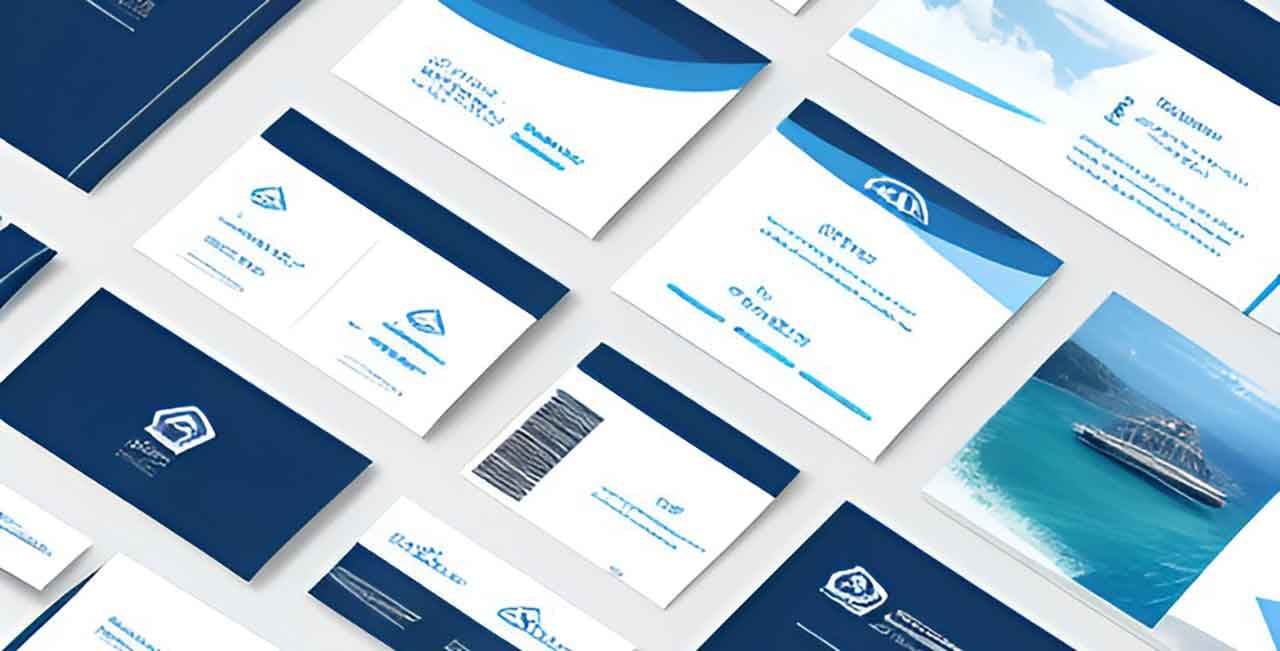Leadership is a crucial element in the tourism and hospitality industry, as it plays a vital role...
Say Goodbye to These 10 Outdated Destination Brand Identity Concepts

Destination brand identity plays a crucial role in attracting visitors to a location. It's the way in which a destination differentiates itself from others and communicates its unique selling points to potential visitors. As such, it is important for destinations to stay up-to-date with the latest trends and avoid using outdated concepts that may not resonate with their target audience. In this blog post, we will explore 10 outdated trends related to destination brand identity that destinations should avoid using to ensure they are communicating effectively with their target audience.
#1: Overused Stock Images
Overused stock images have been a popular trend in destination branding for years. However, this trend is now considered outdated, as it can have a negative impact on destination brand identity. When destinations use stock images that are overused, they may blend in with other destinations and fail to stand out in the eyes of potential visitors. Additionally, overused stock images can create a sense of inauthenticity, which can make visitors feel as though the destination is not being genuine with them. An alternative solution to stock photos is to use original images of the destination, showcasing its unique features, culture, and people. This approach can help destinations stand out and create a stronger emotional connection with potential visitors.

#2: Generic Slogans and Taglines
The use of generic slogans and taglines in destination branding is an outdated trend that no longer captures the attention of travelers. These overused phrases lack creativity and fail to communicate the unique attributes and experiences of a destination. Generic slogans such as "Experience the Difference" or "Discover the Magic" do not differentiate a destination from its competitors and may even be used by multiple destinations. This results in a lack of distinctiveness and a diluted brand identity. An alternative to generic slogans and taglines is to focus on creating a brand promise that is unique to the destination, emphasizing the key attributes that set it apart from others.

#3: Lack of Authenticity
The outdated destination branding trend of Lack of Authenticity refers to the practice of creating a brand identity that is not aligned with the true nature of the destination. This trend is outdated because travelers today are more interested in authentic experiences that are true to the destination's culture, values, and history. Lack of authenticity can lead to negative impacts on destination brand identity such as a loss of trust and credibility among visitors. Alternative solutions to this trend include creating a brand identity that is rooted in the destination's unique culture, values, and history, and showcasing authentic experiences that visitors can have while visiting the destination.

#4: Overemphasis on Luxury
The outdated destination branding trend of overemphasis on luxury refers to a focus on marketing a destination as an exclusive, high-end experience only accessible to those with significant financial means. This approach is no longer effective in today's tourism industry as it fails to appeal to a wider audience and neglects to promote the unique features and cultural experiences that a destination has to offer. Overemphasizing luxury can also contribute to over-tourism and environmental degradation. Alternative solutions to this trend include promoting sustainable and responsible tourism practices, highlighting local and authentic experiences, and appealing to a broader range of travelers with diverse interests and budgets.

#5: Ignoring Cultural Diversity
Ignoring cultural diversity is an outdated destination branding trend that fails to acknowledge the importance of diversity and inclusivity in tourism marketing. This trend is outdated because it does not resonate with today's consumers who seek authentic and culturally immersive experiences. The negative impact on destination brand identity is that it can perpetuate stereotypes and hinder the growth of tourism in the region. Alternative solutions to ignoring cultural diversity include showcasing local cultures and traditions, highlighting diverse communities, and engaging in community partnerships to create a welcoming and inclusive environment for visitors. This approach can result in increased visitor satisfaction and long-term economic growth for the destination.

#6: Focusing Solely on Tourism
The outdated destination branding trend of focusing solely on tourism refers to a marketing strategy that centers around promoting tourism activities without considering the wider context of the destination's economy and culture. This approach fails to capture the unique features and experiences of a destination, which can lead to a lack of differentiation from other destinations. Furthermore, it can perpetuate negative impacts on the environment and local communities due to overtourism. Alternative solutions include highlighting the diversity of a destination's economy and culture, promoting sustainable tourism practices, and developing niche tourism segments to attract a wider range of visitors.

#7: Ignoring the Local Community
The outdated trend of ignoring the local community in destination branding used to be prevalent in the past. It involves creating destination brand identity without the input or representation of the local community. This trend is no longer effective as it leads to a negative impact on destination brand identity, such as lack of authenticity, misrepresentation, and potential backlash. An alternative solution is to involve the local community in the branding process. This approach ensures that the destination brand identity is authentic, representative of the community's culture and values, and resonates with the target audience. Furthermore, involving the local community in the branding process can generate support, enthusiasm, and advocacy from the community, which can boost the destination's brand reputation.

#8: Ignoring Sustainability
The outdated trend of ignoring sustainability in destination branding is becoming increasingly unacceptable. It is no longer enough for destinations to market themselves purely based on their attractions; it is essential to consider the impact of tourism on the environment and the community. Ignoring sustainability not only damages the destination's reputation but also contributes to environmental and social issues. Alternative solutions include implementing sustainable practices, promoting eco-friendly activities, and educating visitors on the importance of sustainability. By focusing on sustainable tourism, destinations can attract conscious travelers who seek environmentally responsible and socially conscious experiences.

#9: Lack of Digital Presence
The outdated destination branding trend of a lack of digital presence refers to a time when destinations relied heavily on traditional advertising methods and had minimal online presence. In today's digital age, having a strong online presence is critical to a successful destination brand identity. A lack of digital presence can lead to a lack of engagement with potential visitors and hinder a destination's ability to effectively promote itself. Alternative solutions include building a strong website, regularly updating social media channels, and investing in search engine optimization to ensure the destination is easily discoverable online.

#10: Relying on Outdated Metrics
The outdated destination branding trend of relying on outdated metrics refers to the use of traditional marketing measurement methods such as Cost per Mile (CPM) that may not accurately reflect the effectiveness of destination branding strategies. This trend is outdated because it fails to take into account the growing influence of digital channels and the changing consumer behavior. The negative impact on destination brand identity includes misallocation of marketing resources and ineffective targeting of audiences. Alternative solutions include the use of more modern metrics such as social media engagement, website traffic, and conversion rates to measure the success of destination branding efforts. These metrics can provide valuable insights into the effectiveness of branding strategies and help identify areas for improvement.

In summary, destination marketers must be aware of the outdated trends related to destination brand identity. These trends include overused stock images, generic slogans and taglines, lack of authenticity, overemphasis on luxury, ignoring cultural diversity, focusing solely on tourism, ignoring the local community, ignoring sustainability, lack of digital presence, and relying on outdated metrics. To stay relevant, destination marketers must update their strategies to reflect the changing trends and to create a more authentic, diverse, and sustainable brand identity. It is essential to remember that destination brand identity is crucial in attracting and retaining visitors. By embracing new trends, marketers can create a lasting and meaningful impact on the industry.



